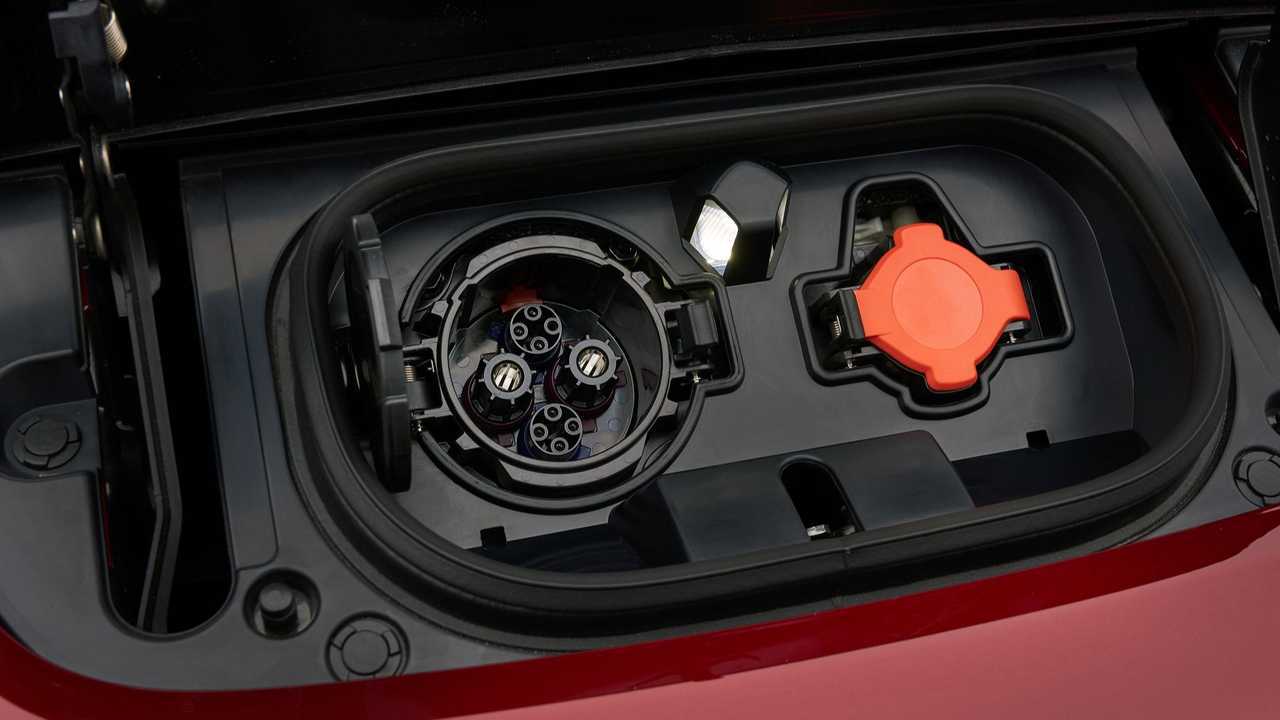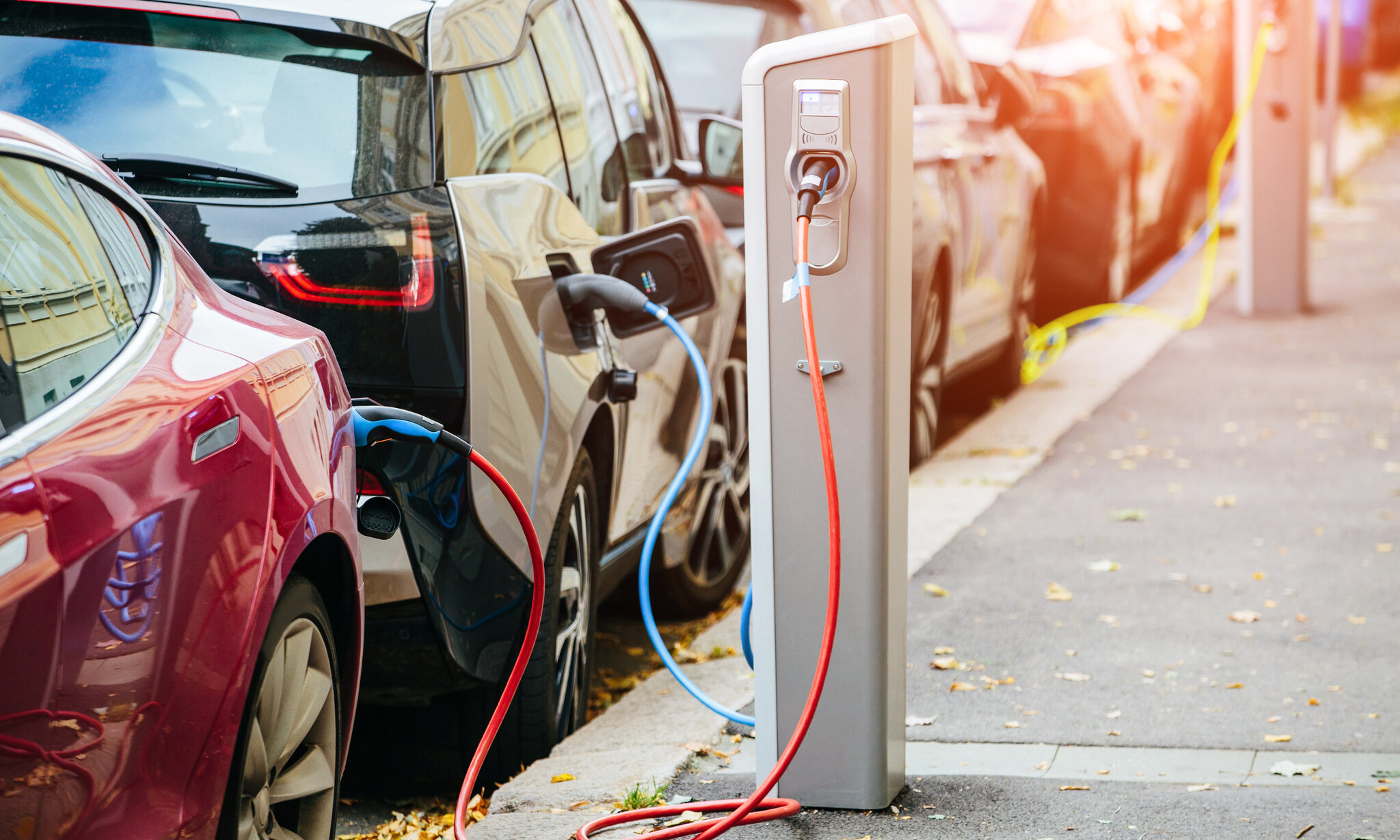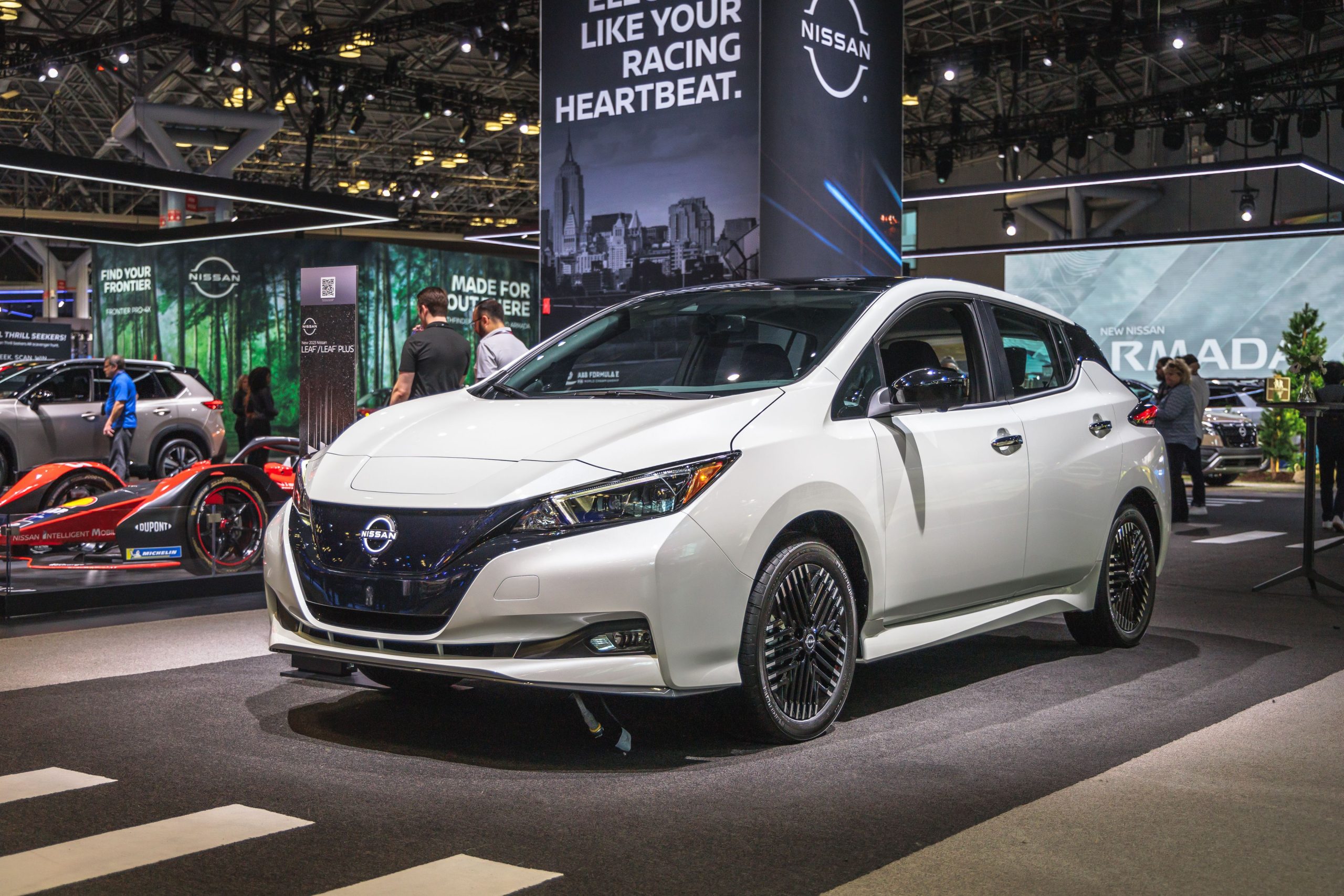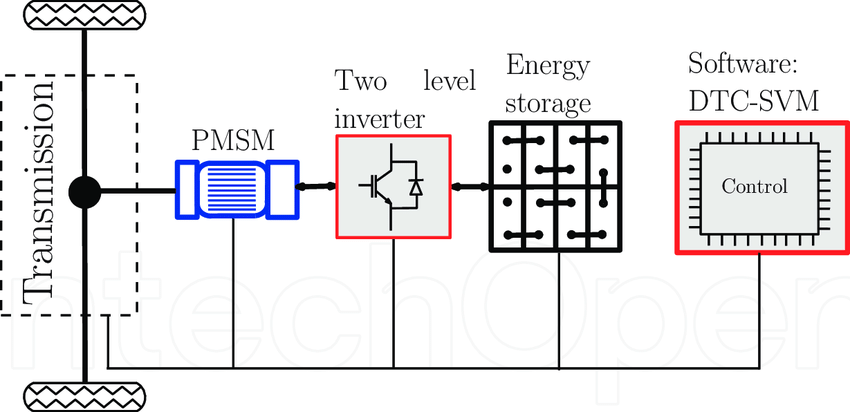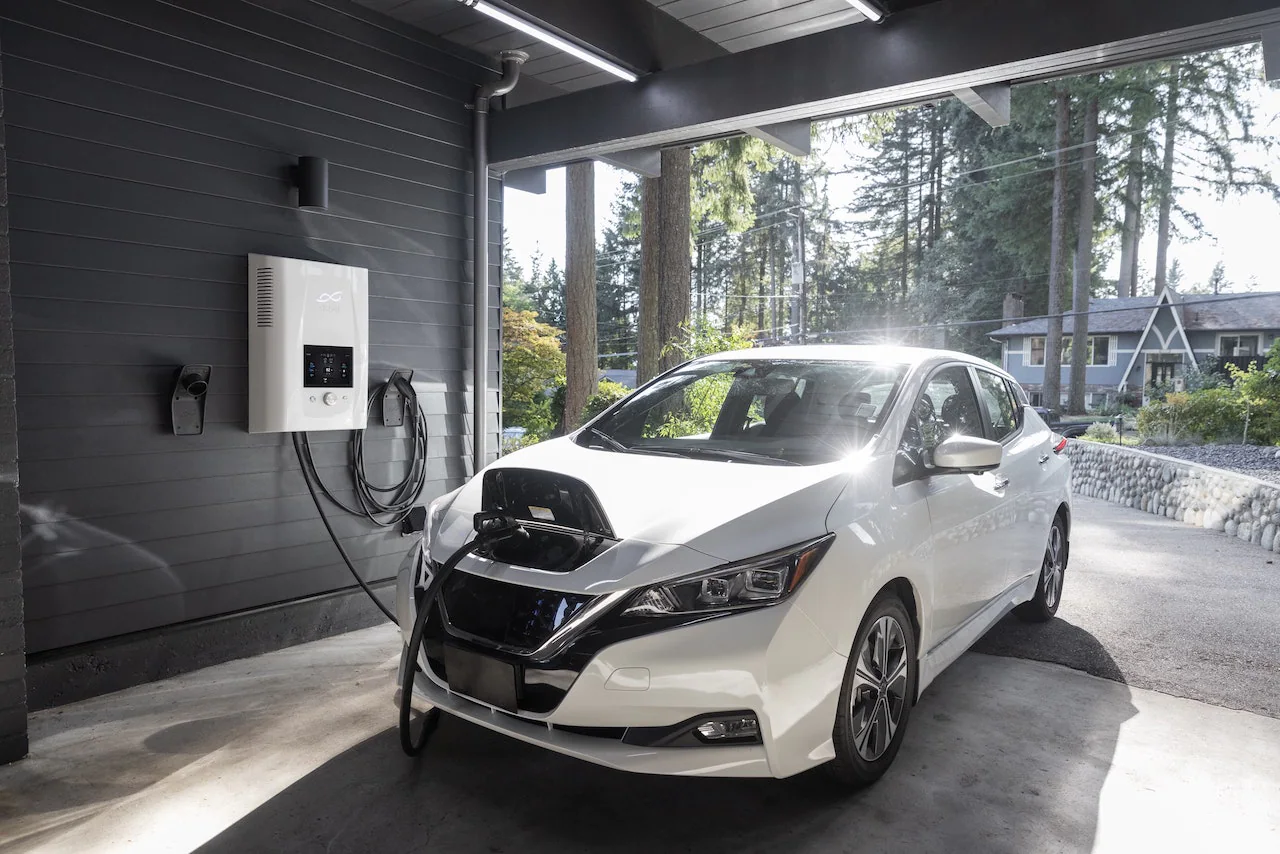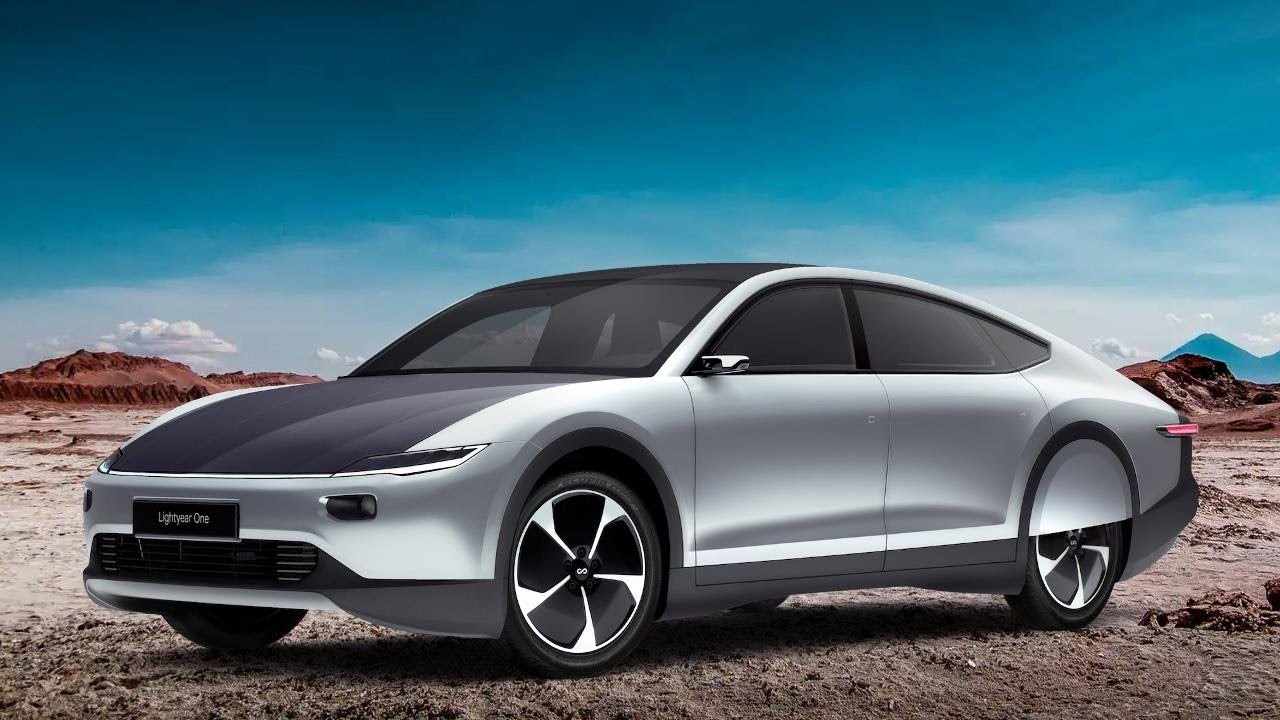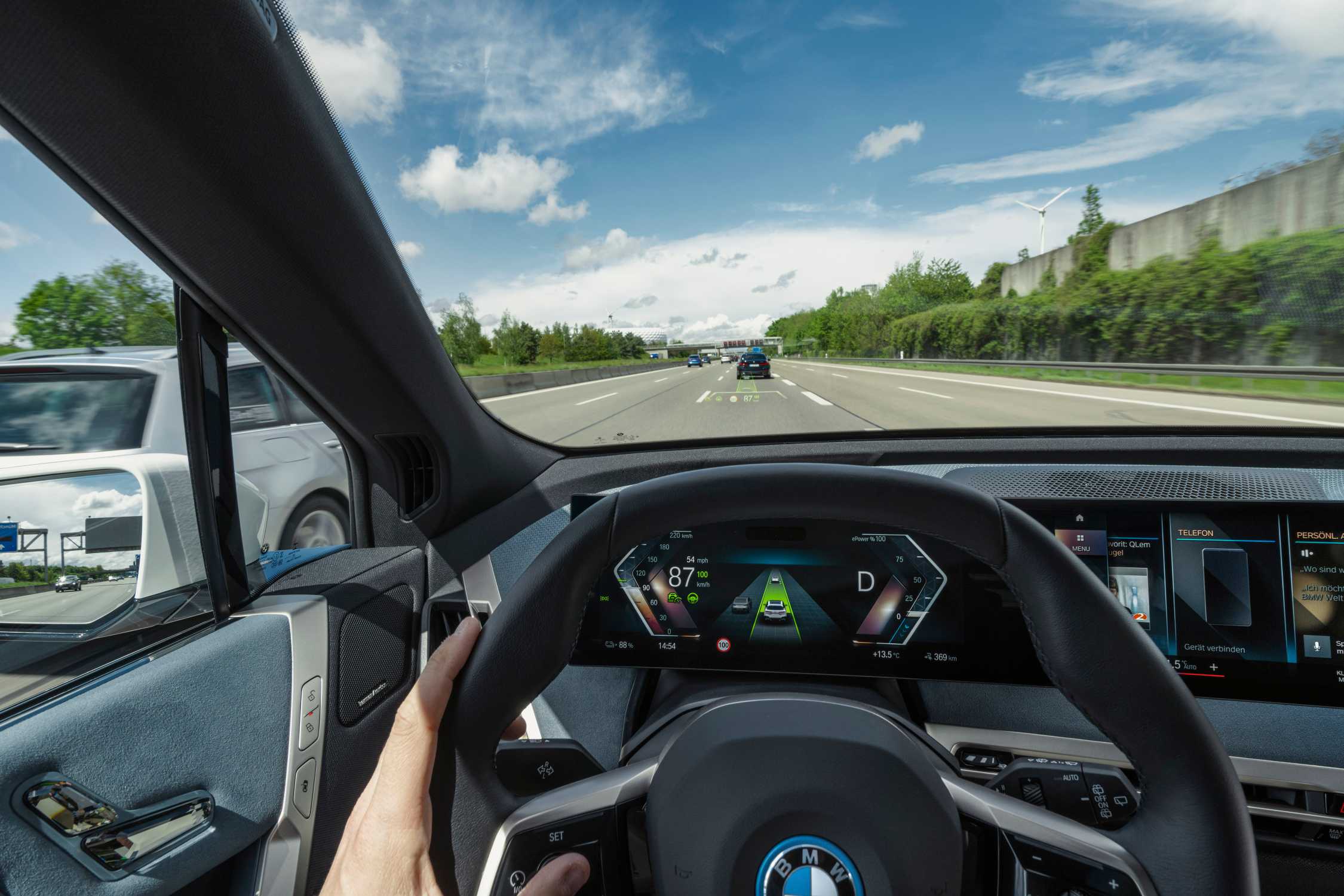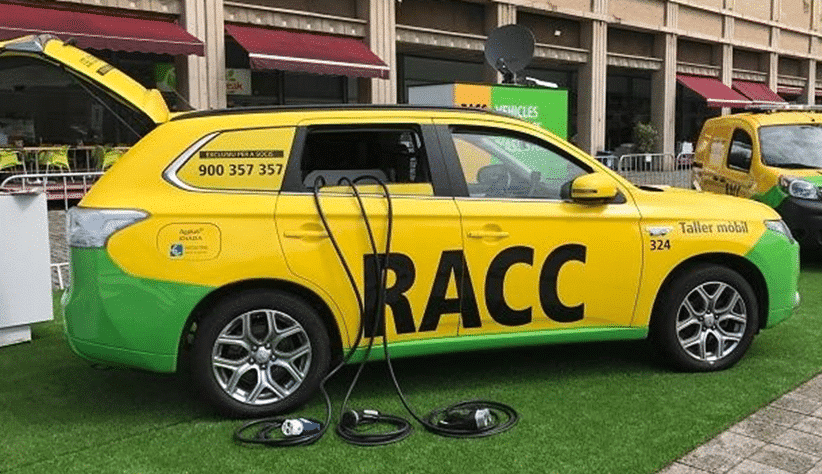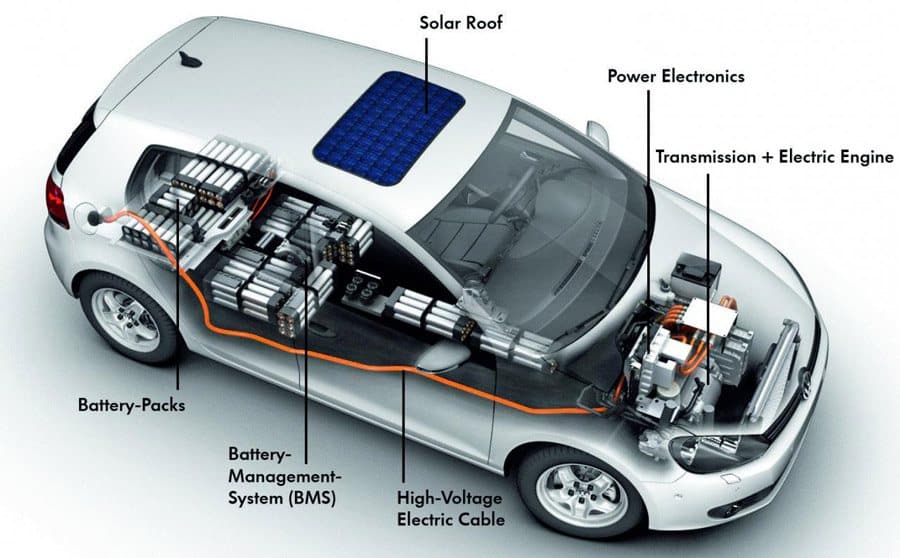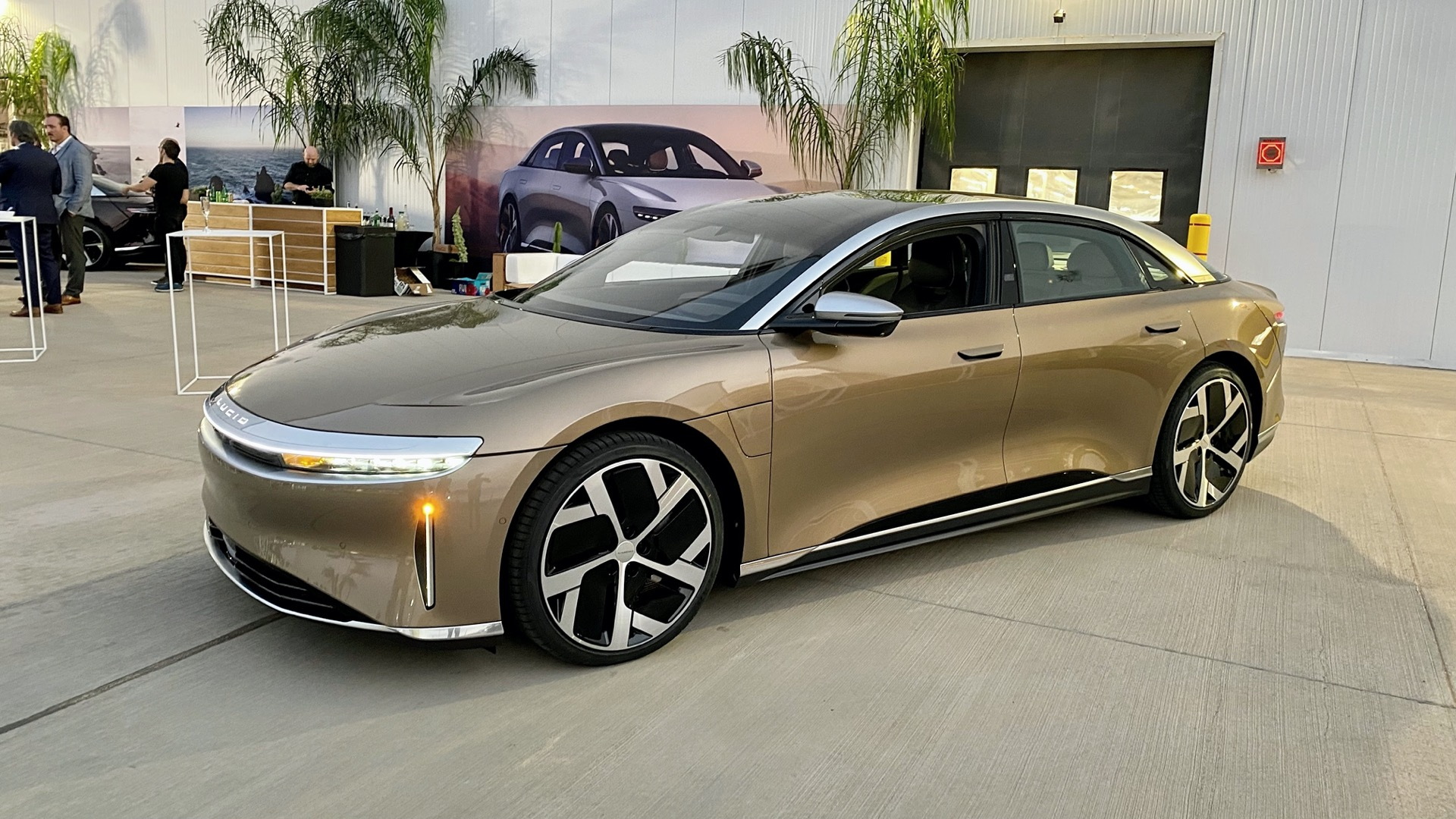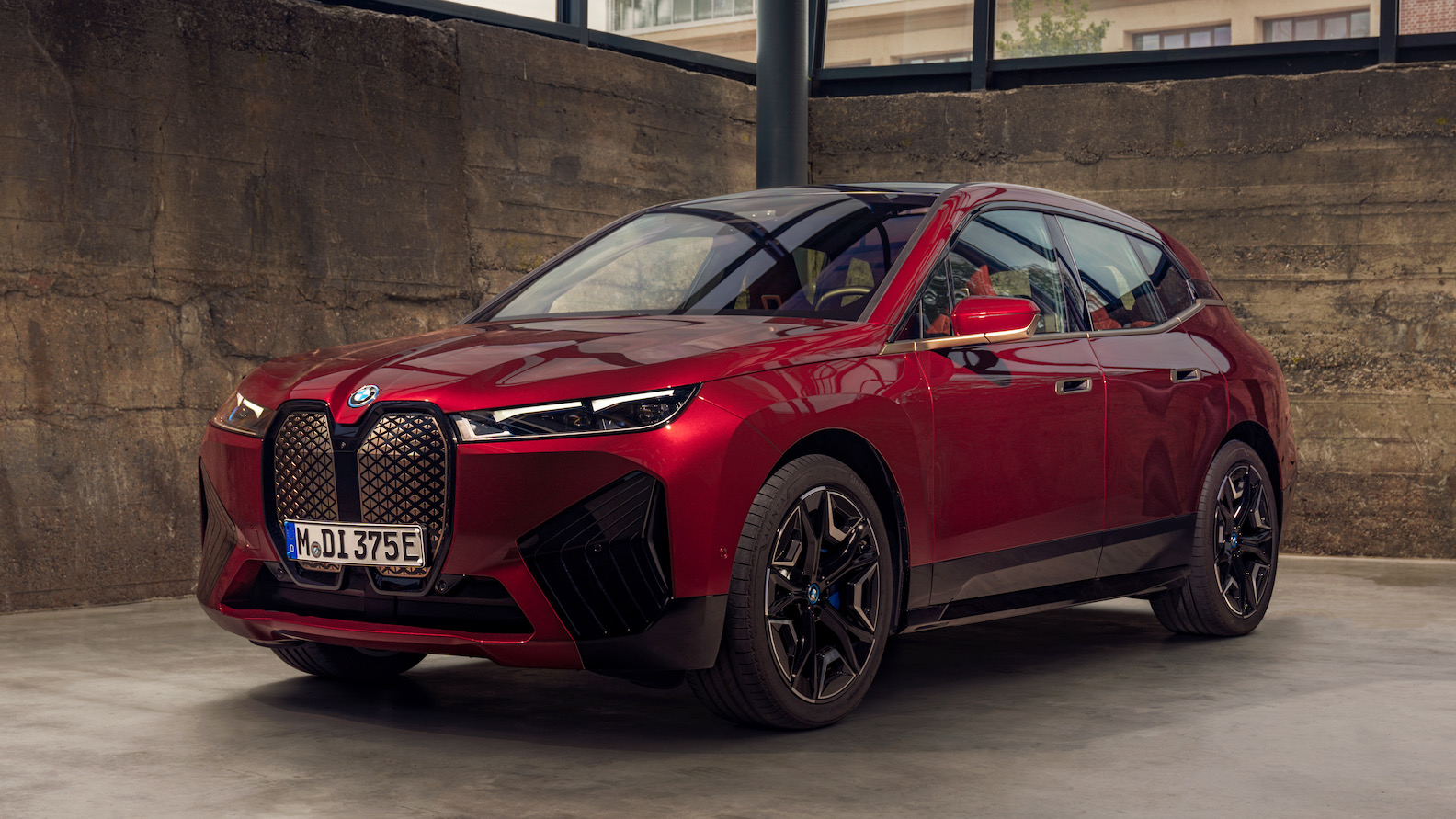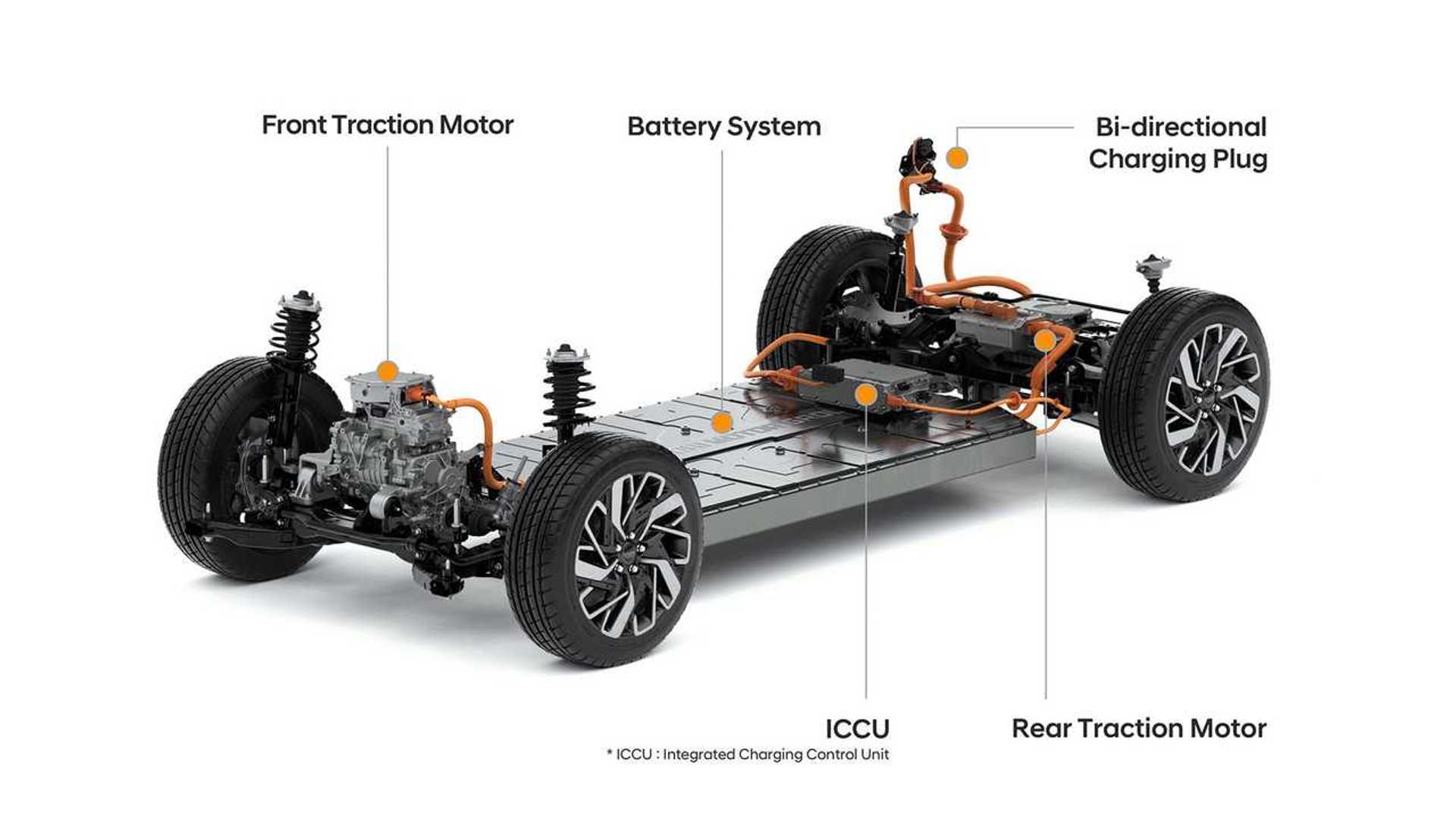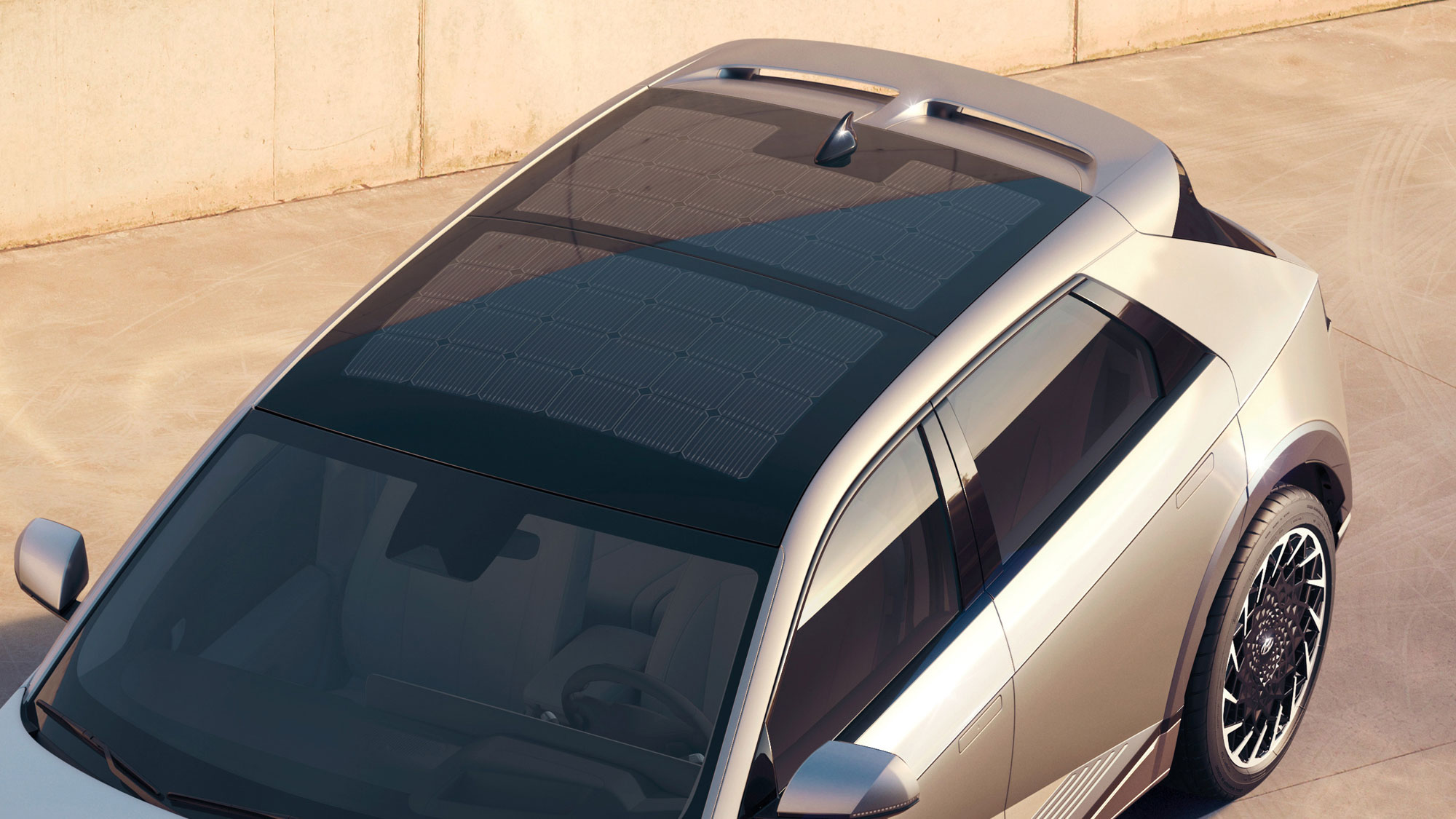Are you considering an electric car and curious about the charging options available? Dive into the world of electric vehicles as we explore the question, “Which Electric Cars Use CHAdeMO,” and unveil the models and benefits associated with this advanced charging technology.
Decoding CHAdeMO: Which Electric Cars Use CHAdeMO?
Electric vehicles are gaining popularity, and the choice of charging infrastructure plays a crucial role in the overall ownership experience. In this guide, we will not only answer the question, “Which Electric Cars Use CHAdeMO,” but also delve into the advantages of this charging standard and how it is shaping the future of electric mobility.
Understanding CHAdeMO Charging Technology
What is CHAdeMO?
CHAdeMO is a fast-charging standard for electric vehicles, designed to deliver a high-powered charge in a relatively short amount of time. It originated in Japan and has become a global standard for DC fast charging.
Benefits of CHAdeMO:
- Rapid Charging: CHAdeMO enables faster charging times compared to standard AC chargers.
- Global Acceptance: Widely adopted globally, making it convenient for electric vehicle owners.
- Compatibility: Several electric vehicle models are equipped with CHAdeMO ports.
Which Electric Cars Use CHAdeMO?
1. Nissan Leaf:
- The Nissan Leaf, a popular electric vehicle, comes equipped with a CHAdeMO charging port.
- Owners can benefit from faster charging times using CHAdeMO-compatible charging stations.
2. Kia Soul EV:
- The Kia Soul EV is another model that embraces CHAdeMO technology.
- Drivers of the Kia Soul EV can enjoy the convenience of rapid charging.
3. Mitsubishi i-MiEV:
- The Mitsubishi i-MiEV is an early adopter of CHAdeMO charging technology.
- Its inclusion showcases the longevity and reliability of this fast-charging standard.
Advantages of CHAdeMO for Electric Car Owners
1. Quick Charging on the Go:
- CHAdeMO stations are strategically located, allowing for quick charging during road trips or daily commutes.
- Electric car owners can experience reduced downtime compared to standard charging options.
2. Interoperability:
- CHAdeMO’s global acceptance ensures compatibility across various regions.
- It provides flexibility for electric car owners who may travel internationally.
3. Future-Proof Technology:
- As more electric vehicle models embrace CHAdeMO, it reinforces the standard as a future-proof technology.
- Investing in a CHAdeMO-compatible electric car ensures compatibility with evolving charging infrastructure.
Read too: Which Electric Cars Have Autopilot? Navigating the Future
Conclusion
In conclusion, understanding “Which Electric Cars Use CHAdeMO” is pivotal for those considering electric vehicles. The availability of fast-charging options significantly contributes to the practicality and widespread adoption of electric cars. As technology continues to advance, the prominence of CHAdeMO in the electric vehicle landscape is likely to grow, offering owners a reliable and efficient charging solution.
